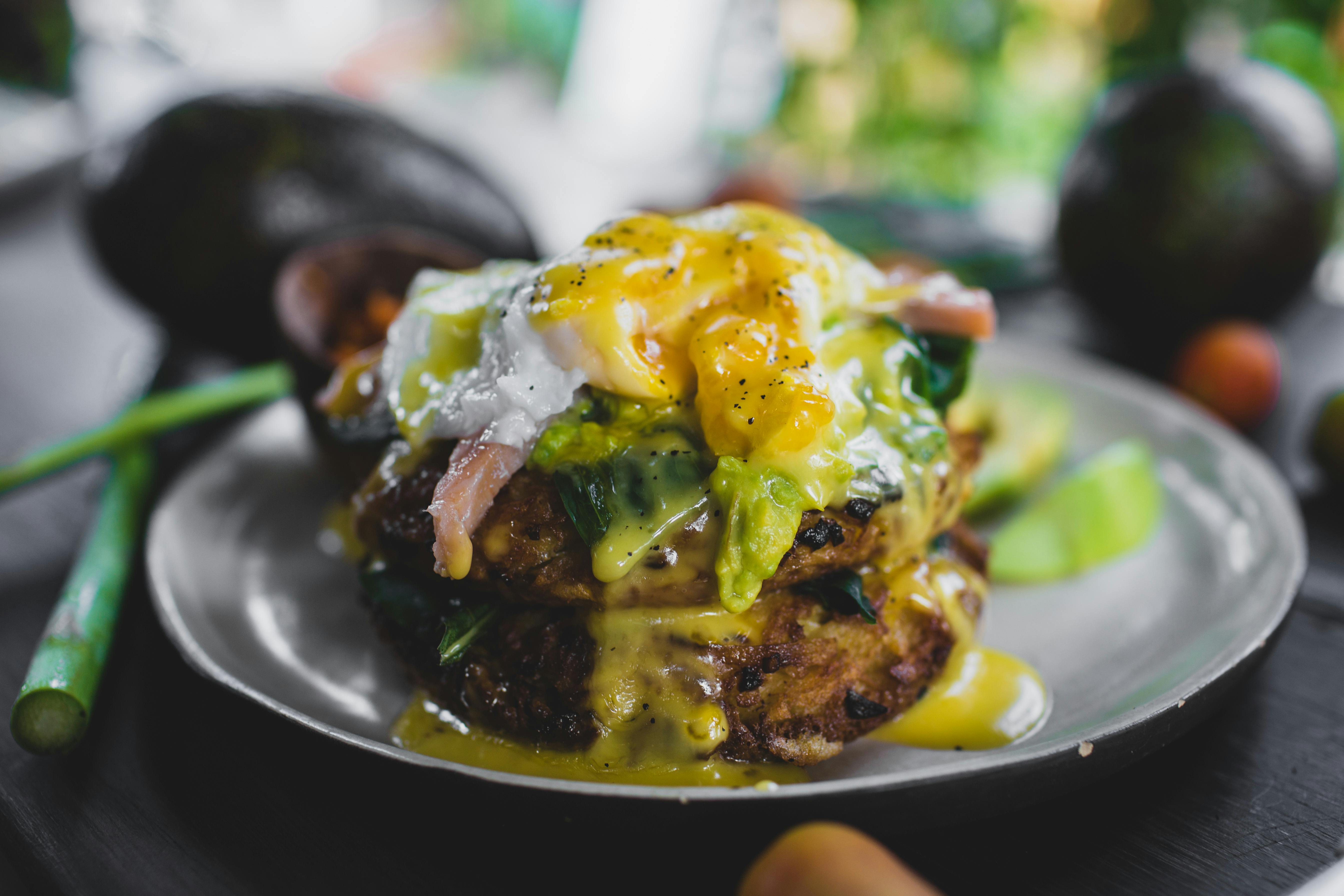
Cooking like an art
In today’s economic times, our markets are teeming with dead, bland, and inappropriate mineral-rich foods. We have ground the life out of our grains. We are constantly losing vitamins and minerals from many of our foods as they are processed or preserved, which has eliminated the most valuable dietary factors. For many years, so-called “health foods” have been considered unappetizing, tasteless and uninteresting dishes. If prepared properly (using essential kitchen utensils), “health foods” are the most delicious in the world. They are the true essence of good cooking.
Our food should signify physical restoration, sensuous enjoyment tempered with intelligence, and the enthusiastic enjoyment of true mental relaxation. It is not what we eat that feeds the body; it is what we digest. And digestion is highly dependent on enjoyment. Basically, our food must manage to satisfy our physical needs, but it cannot do so completely unless it stimulates the appetite and delight in eating, which leaves a good feeling of satisfaction that helps better digestion. Remember that food is our body’s fuel!
Moderation is closely linked to the art of good eating. Any excess can dampen appetite and appreciation. No food is “good food” when overindulgence rules the appetite, making us lazy!
If we lived strictly according to nature’s plan, we would not need supplemental vitamins, minerals, or amino acids. If we could obtain meat from animals that had been fed foods rich in minerals and vitamins and / or obtain fresh vegetables and fruits from virgin soil rich in minerals and vitamins, our problems would be simple.
But today, we get our food (through mass distribution means) after it has been in storage for a long time. Many of them have lost their high vitamin and mineral content. Many of them have never had a high content of vitamins and minerals to lose because they were not grown in rich, pristine soils or fed food from rich soils. Therefore, our eggs, our milk, our grains and other foods are not always what they should be, even though we source them in sufficient quantities and prepare them properly using fine cookware in our kitchen.
Then the question arises that “How to maintain the mineral and vitamin content in our food”:
· Avoid storing perishable vegetables, particularly vegetables at room temperature. Store vegetables, when necessary, in as cool an environment as possible.
Avoid cutting or peeling vegetables or fruits before cooking; cook them as quickly as possible after exposing their surfaces.
Avoid scalding or boiling in excessive amounts of water that must be discarded later. Minerals are indestructible, but like water soluble vitamins, they are lost where cooking water is disposed of.
Never add baking soda or non-acidic vegetables: it destroys the content of vitamin B1 and vitamin C.
Don’t overcook – most foods are easily digestible and better in color and flavor if cooked moderately tender.
· Avoid cooking too large quantities at one time: reheating leftovers causes further loss of vitamins. Tip: Serve all hot foods promptly.
Immerse the food in rapidly boiling water, instead of starting with cold water, wait for the water to reach boiling temperature and then add the food to the boiling water. This prevents oxidation and preserves vitamins A and C.
Nutritional science alone is not enough. It must be combined with inspiration, art and imagination. To combine science and art in everyday cooking with essential kitchen utensils and nutrition, the above findings / discussion will steadily guide us on the path of good living with healthy food … for a long and happy life! !
“First comes the thought; then the organization of that thought into ideas and plans; then the transformation of those plans into reality. The beginning, as you will see, is in your imagination.”
– Napoleon’s Hill
